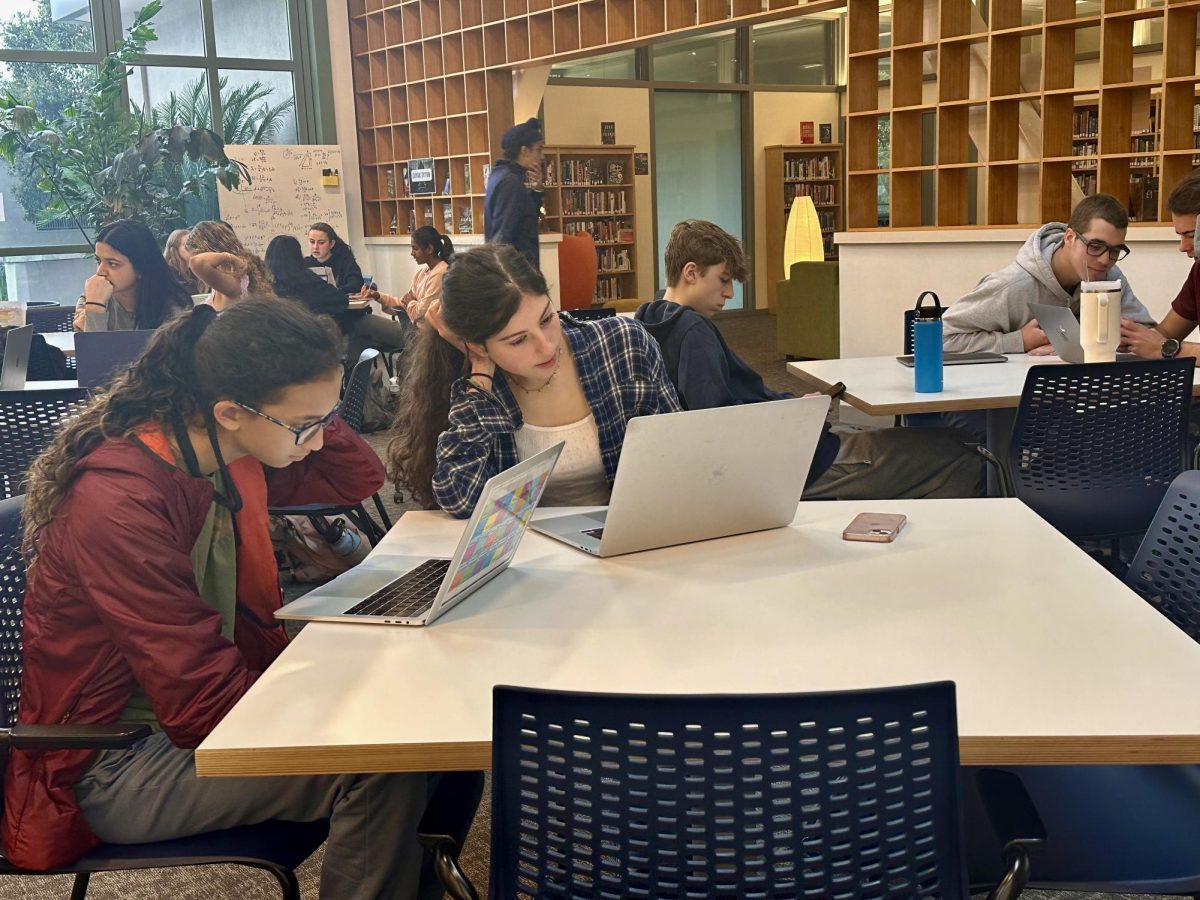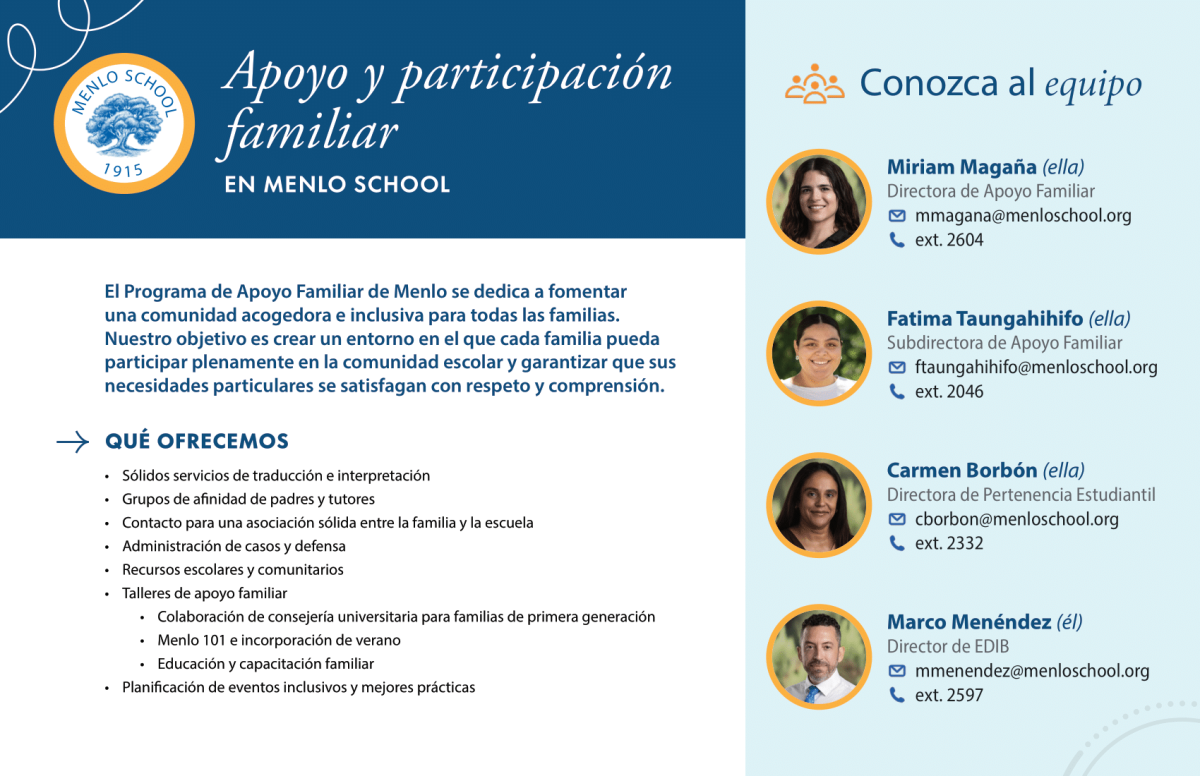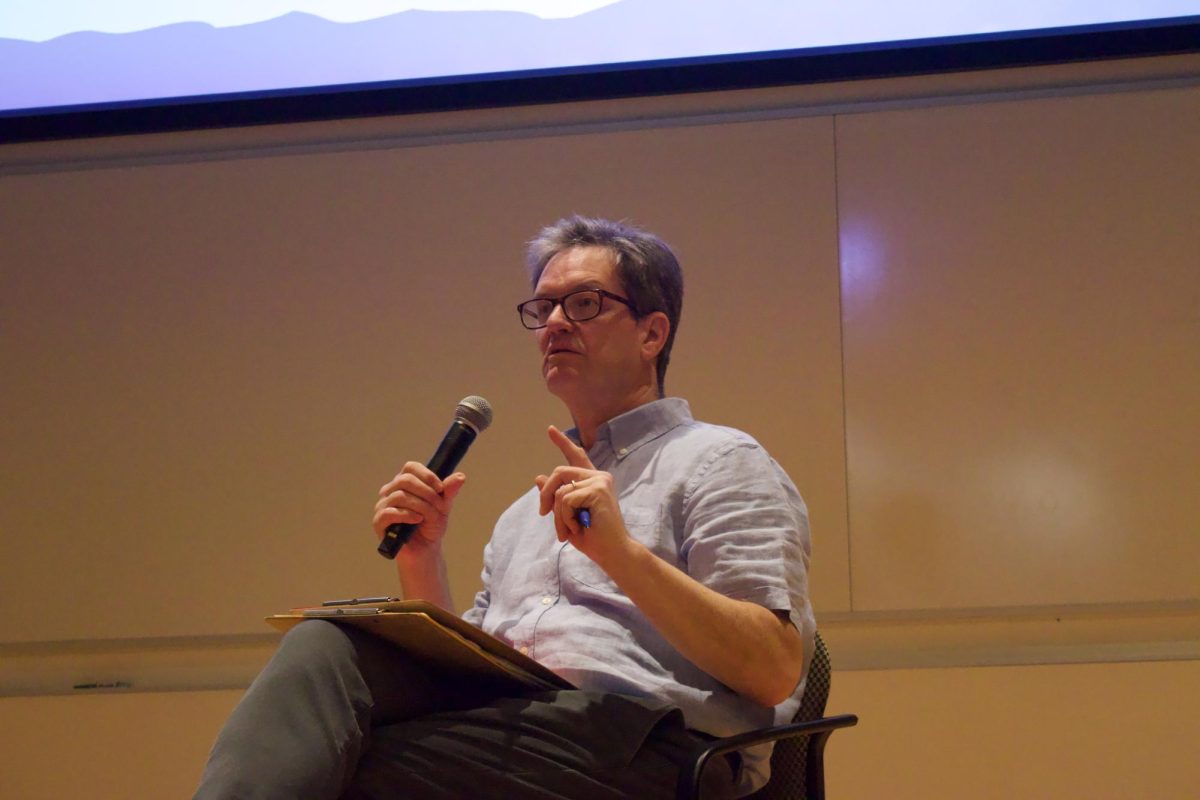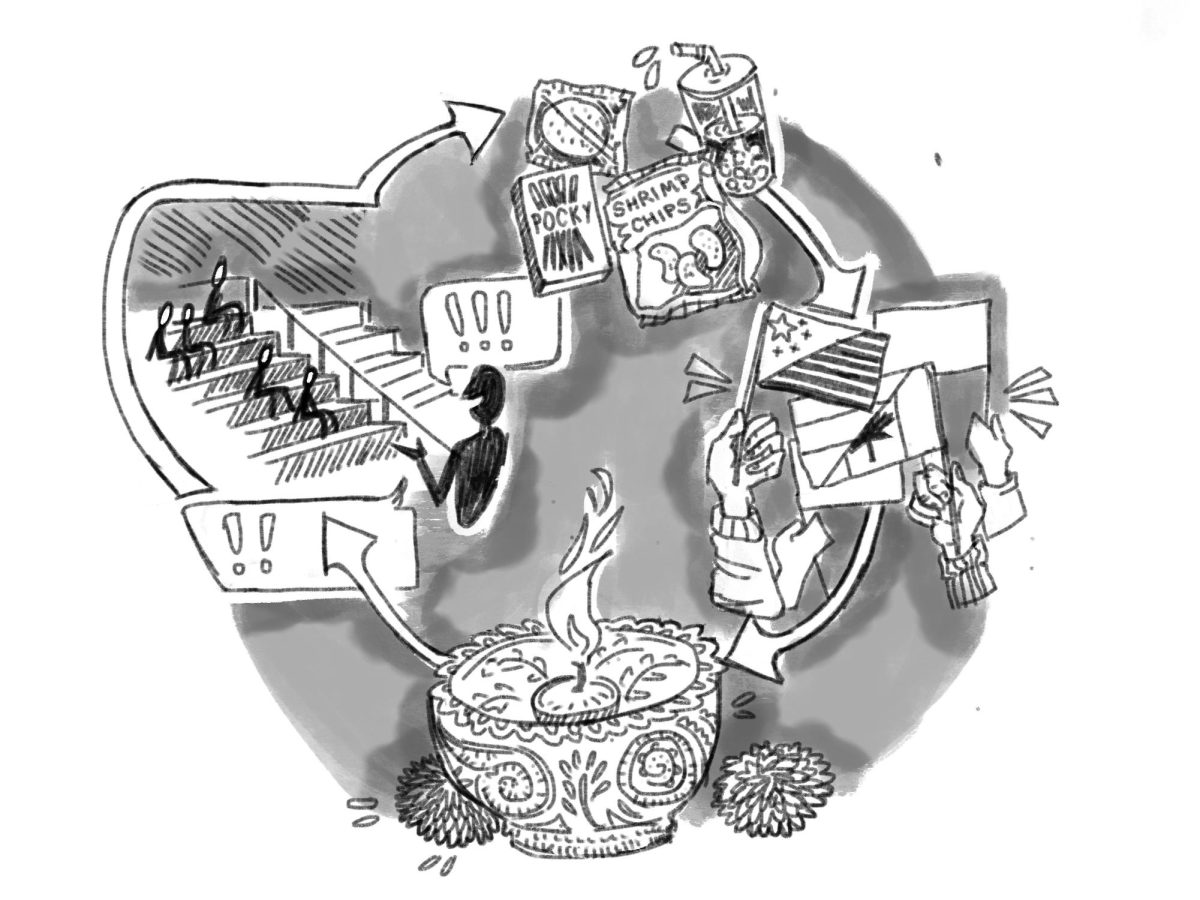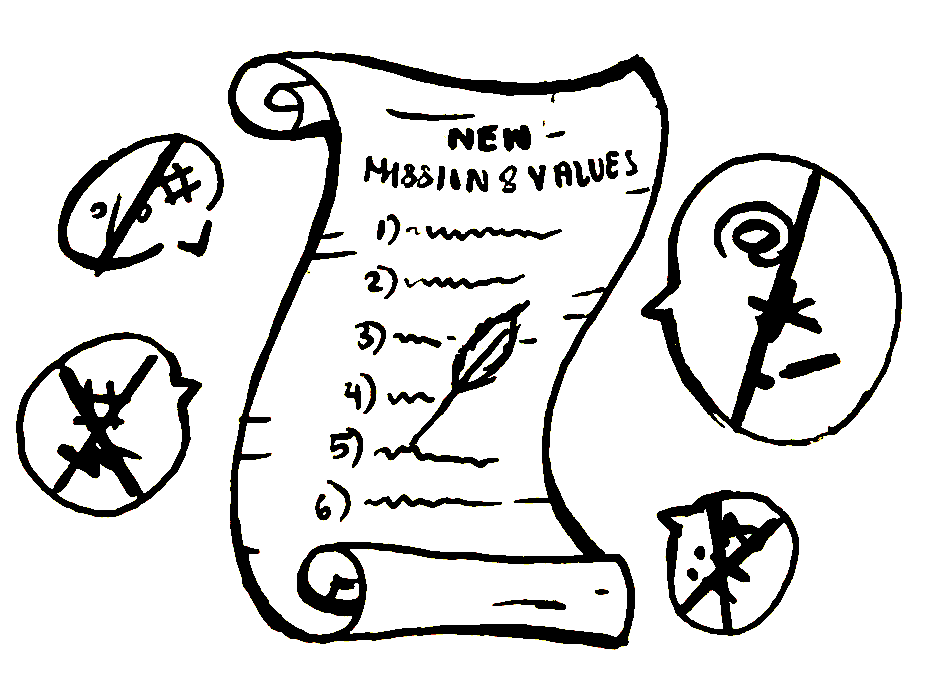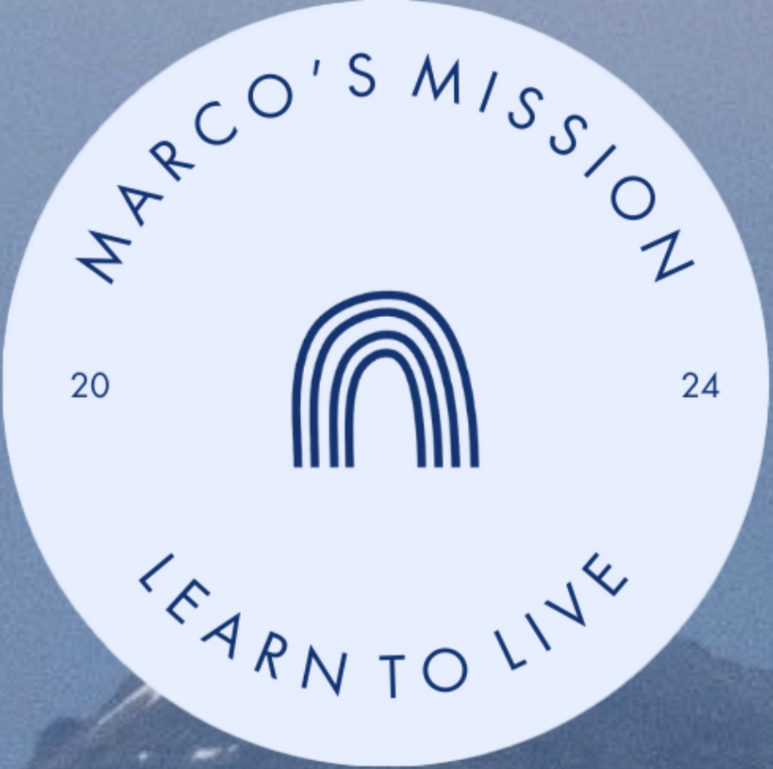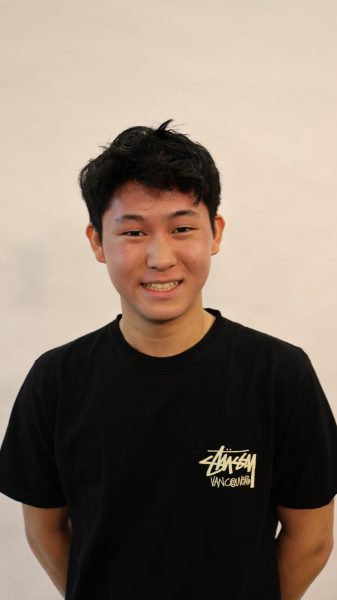Menlo’s teacher assistant or peer assistance program has been part of the school’s learning culture for close to twenty years. When students need assistance with a particular subject, they can set up an appointment with a TA, typically another Menlo student who has done well in that class. Appointments last between thirty minutes and an hour. But recently, Lily Lam, Menlo’s Academic Support Coordinator, has restructured the process of setting up these appointments.
Thanks to Lam’s efforts, students now make TA appointments through the Fortress website. When students go on the website, they’ll see a column on the left with a tab that says “Academic Coaching,” then a button that says, “Find a Session.” Students choose the class they need help in, and a list of available times and coaches appears.
Before the new system was implemented at the start of the 2023-24 academic year, each course had its own system of putting students in touch with TAs. In ninth-grade English, for example, students signed up for tutoring on a spreadsheet, allowing TAs to put their names next to the student they were going to assist. Meanwhile, all of the science classes had teachers who organized TA-led Zoom meetings.
The main reason that Lam and her team restructured the peer assistance program was to make it more accessible for students. They realized the old process was complicated and required unnecessary amounts of communication. “We didn’t like the idea of, you know, every department having their own system, some of which required tons of back-and-forth emails before students could get matched.”
But that lack of coordination between departments wasn’t the only problem. “The science peer coaching was a little complicated,” Lam explained. If a science student told Lam she needed a peer coach, she would have to email the student coordinator for the relevant subject, and in turn, the student coordinator would send emails out to all the coaches.
Maura Sincoff, an English teacher and the director of Menlo’s Writing Center, agrees with Lam’s strategy. “There’s a broad need for help across all the subjects, and there are some students who are able to coach in both the humanities and the science/math subjects,” Sincoff said in an email to The Coat of Arms. “Having a central place for sign-ups made sense.”
Senior and peer coach Taylor Tam explains how Fortress is more efficient to sign up with. She thinks that the shift towards Fortress allows students to “find someone they’re comfortable with and just sign up for a slot.”
In addition, many teachers and students think the TA program is doing well right now, explaining many improvements that they have seen compared to previous years.
Sincoff attributes the current program’s success to the fact that more students are signing up for Writing Center help this year than in the past. “We are pleased to see the stigma of getting help becoming less of an impediment to using the Center,” Sincoff said.
In addition, many of the peer coach students are happy with the introduction of the new Fortress system. “We were just hosting Zoom meetings […] I’d hardly get people [asking for help] — like mainly before tests, I’d get people,” Tam said. She also believes that the whole program wasn’t as well-advertised before this year.
Now, Tam said she has gotten significantly more students to sign up for tutoring sessions with her than last year because of the new sign-up system on Fortress. “I feel like I’ve been getting a lot of people signing up for like, tons of different classes,” Tam said.
Senior Natalie Jinbo-Davis, another peer tutor, also believes that the program is helping more students than it was last year. “I think that teachers have made a lot more of an effort to encourage students to go reach out to tutors,” Jinbo-Davis said.
Senior and co-head of the Writing Center Amory Healy said she is happy with the work the Writing Center has done with history and English students. “The Writing Center is doing fairly well, by having the most meetings logged out of any branch of the peer assistance programs,” Healy said.
Although the program has been increasing in popularity as well as quality, there are still some minor flaws. This year, there are more humanities TAs than STEM ones. Lam believes that this is partly a legacy of past policy in the science and math departments. “[Teachers] would not let anyone tutor chemistry unless they had taken AT Chemistry — something where it was like you had to be a senior, basically,” Lam said.
Tam also attributes the discrepancy to fewer people taking higher-level STEM classes. “I think less people go on to take AP Physics 2, ” Tam said.
In the future, Lam does have some future goals in mind to further improve this system, as currently, all tutoring records go to her. “We were talking about […] automatically giving teachers access to see which of [their] students have been getting the tutoring,” Lam said.


